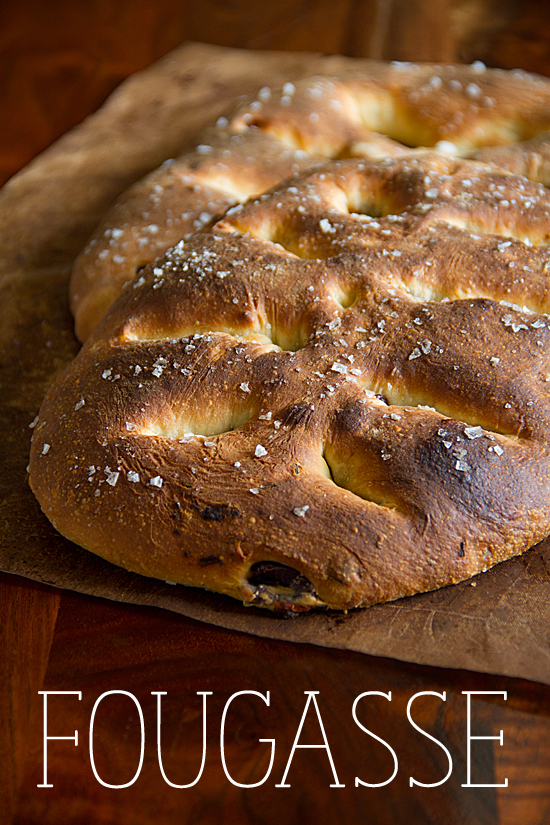
Fougasse. It’s called focaccia in Italy and fougasse in Provence. Both are yeasted flatbreads scented or stuffed with herbs and other goodies. They’re usually served with a flavored olive oil on the side for dipping. Fougasse, as opposed to focaccia, is often shaped like a leaf by slitting the dough to represent the veins. The resulting fougasse looks a bit like an edible split-leaf philodendron, otherwise known as Monstera deliciosa (deliciosa, really
However, I suspect the slits in fougasse have less to do with pretty and more to do with crust. Of course I think crust is pretty and maybe you do too.
To get a really pretty crust I followed the advice of a master baker I know. She said to ignore the recipe’s temperature guide and crank the oven as high as it goes. If you can’t get the oven to 500 degrees F or higher, don’t bother making bread until you get a new oven (her advice not mine, he said gleefully). But if it does get that hot, then spritz 15–20 squirts of water from a spray bottle inside the oven to create steam. Load the fougasse into the oven and finish with five more squirts before closing the door. Then (and this was new to me) open the door to the oven just a crack for the last three or four minutes of baking to get a crisper crust.
The fougasse you see here is made with black olives and sun-dried tomatoes following a method I borrowed from Dorie Greenspan’s book, Around My French Kitchen. The flatbread recipe itself I adapted from the Easy Flat Bread Dough recipe in my own book, Savory Pies. It proved highly adaptable to fougasse and I suspect focaccia too. Which made me one relieved author. GREG
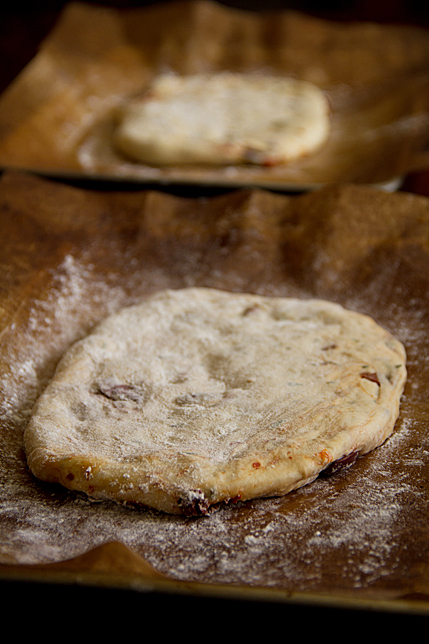
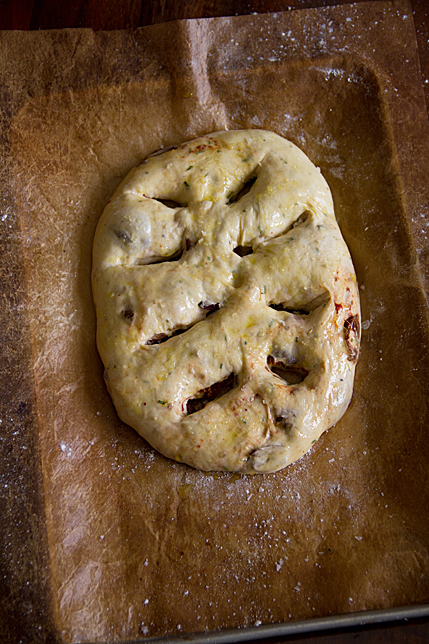
fougasse
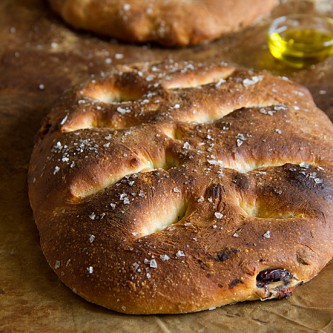
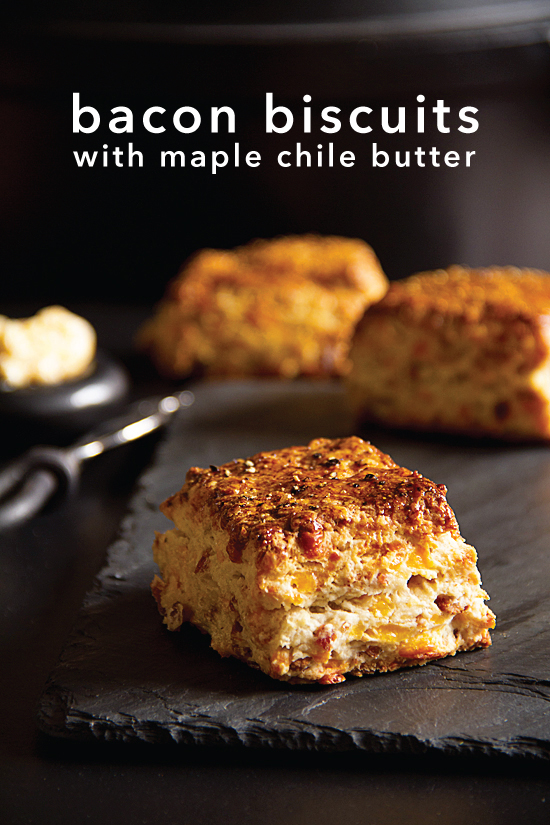
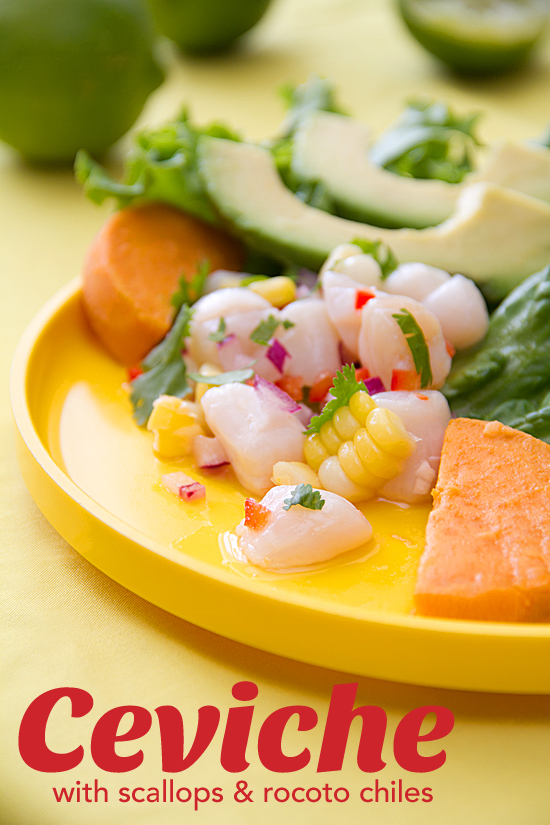
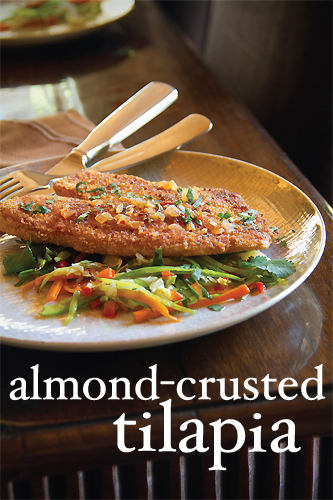
WOW, talk about a French beauty…well done, mon ami.
Damn you, cruel tormenter!
Greg, your fougasse is beautiful! I always give the dough time to develop more flavor. That’s my advice for any kind of bread — don’t rush it, enjoy the process. I love making bread, been doing it all my life. I like that you used lemon zest along with the rosemary — rosemary needs to be balanced by lemon, IMHO.
This looks pretty AND crusty. And delicious. Gorgeous pics. So pleased to have stumbled across your blog (even though it was an indirect result of your partner’s cold. Sorry about that!)
What a great looking bread. About a year or two ago I made some sundried tomato foccacia but it was NOT pretty. Didn’t know how dark those little buggers get in the oven. They weren’t exactly photogenic but they tasted good 🙂 Your bread is beautiful! And I cannot imagine a 500F oven today. San Diego is having a wicked hot snap and no a/c in my house. Eeek.
GAH! This looks so yummy!! Such an awesome bread — and totally fancy.
I am loving this! I’ve done the cast iron post bread and heated the oven to 500, but nothing like this. So…after I clean my oven, which is self cleaning, though one would never know, I am so going to bake this! And invite like 11 people over to eat them with me!
I’ve tried the spritzing/high temp method and it truly works so well. Never with a loaf as beautiful as this, though. Next time. 🙂
I am always so amazed at how something so simple as bread can look so spectacular… When in the the right hands, that is. Which yours are:)
Looks fantastic, I haven’t made bread in ages, looks like this has to go on the list.
What beautiful bread! I could consume it all. Bravo!
My mum also likes to bake breads at 500°F and spritzes her loafs with water. However the last time she baked bread, the steam somehow cracked the glass panel in the oven door. Too much water/steam perhaps? She wasn’t sure. (She hates her oven and I suspect this will be the excuse to get a new one, lol). Your fougasse looks lovely.
Yep, pretty gorgeous, sir! Love the temperature and sprinting tips!
Great you shared the water misting technique for bread baking. I also use a baking stone, trying to garner as much heat as possible. I took a bread baking class with Nancy Silverton, there is such an art to baking bread!
Be still m heart! This bread is gorgeous. I just made an olive loaf yesterday, probably one of my favorites 🙂